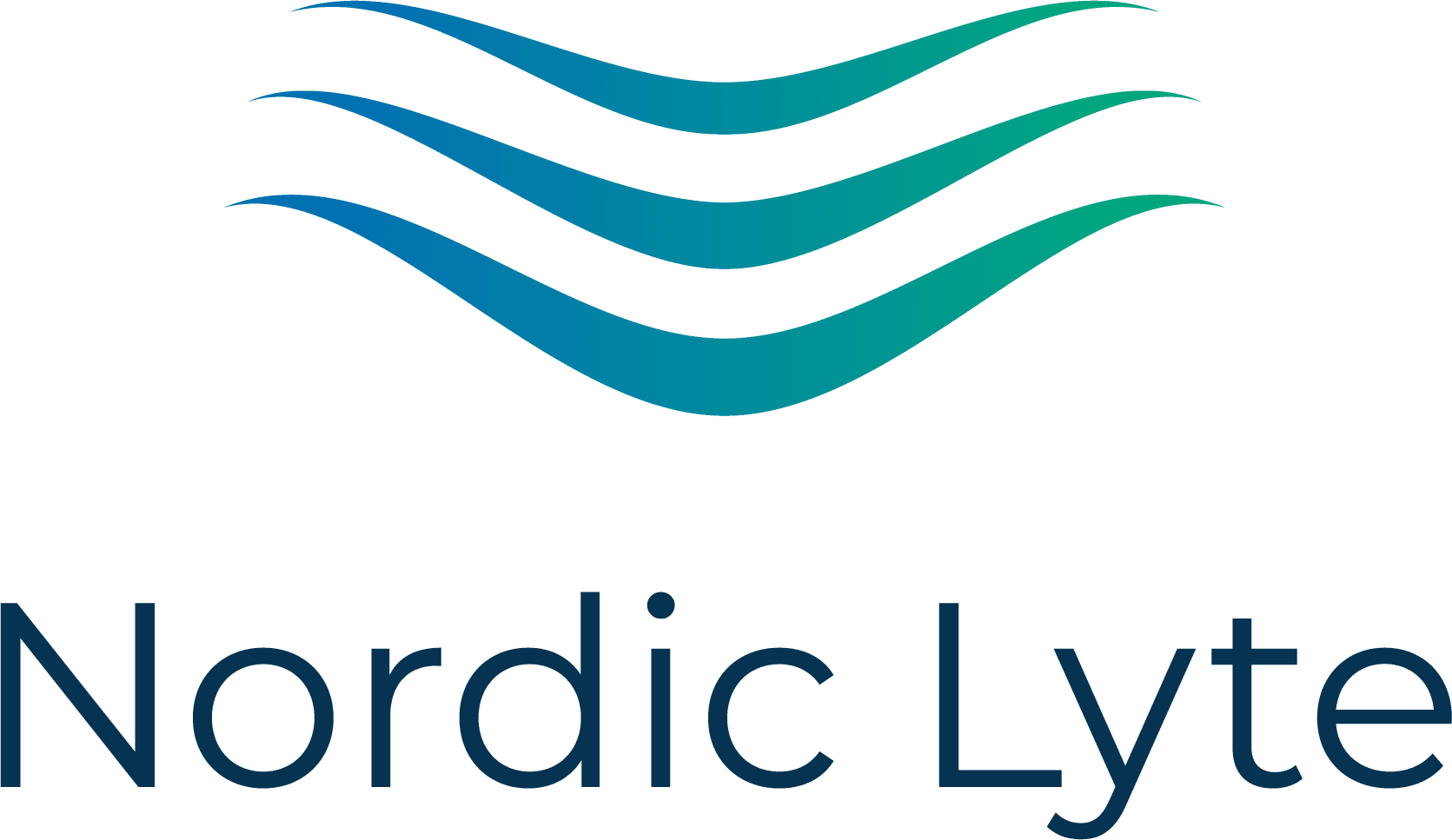Our Products
By ensuring local, EU-owned production, companies can reduce GHG emissions by at least 50% within 3 years, guarantee supply security without geopolitical risks, and benefit from proximity to hyperscale manufacturers for rapid delivery.

Li-Ion electrolyte
Li-ion batteries (LIB) are employed in a broad range of applications, from portable electronics, electric vehicles to large scale stationary energy storage. The high energy density, high efficiency, long life-length and market maturity of the LIB technology are all key drivers for its wide usage.
The energy is stored and released by moving lithium between the electrodes by transportation of lithium-ions through the electrolyte. As lithium is a critical raw material, and lithium salts are crucial components of the electrolyte, a regional supply would greatly strengthen the rapidly growing European manufacturing market sector. Substantially shorter transportation routes, measured both in time and distance, enabled through a regional supply chain would mitigate transport associated emissions, costs, and other risks.
We produce Li-ion electrolyte on behalf of our customers according to their requirements. Our goal is also to together with our client is to participate fruitfully in the research and development of optimised electrolytes for any purpose LIBs. As we are a regional supplier, the shortened time to provide the adjusted formulation will facilitate a more rapid electrolyte development time schedule. The reduced transportation web also allows for more efficient handling of return containers and reduces storage needs due to shorter delivery times.

Na-Ion electrolyte
Sodium-ion, or Na-ion, batteries (SIB) have the advantage of using substantially less critical raw materials compared to Li-ion batteries (LIB). This can secure and stabilise the supply chain to our customers, while reducing the cost of the raw material. However, the energy density of SIB is lower than that of LIB.
We will develop an advanced electrolyte that can increase the energy density of Na-ion batteries to approach that of Li-ion batteries by extending the operating voltage window. European SIB companies have made great strides in the commercialisation of the maturing technology. With the advanced electrolyte developed in this project, Nordic Lyte be a part of the commercialization of SIB.
The energy density of Na-ion batteries is limited by the low operating voltage window, which is typically less than 4.0 V. This limits the energy density of Na-ion batteries to the level of approximately 140 Wh/kg, which is much lower compared to LFP batteries (160-180 Wh/kg). The extension of the operating voltage window to 4.0 V will increase the energy density to over 170 Wh/kg, making it comparable to that of LFP batteries. The market is therefore rapidly demanding a high operating voltage window electrolyte to facilitate the commercialisation of Na-ion batteries.


